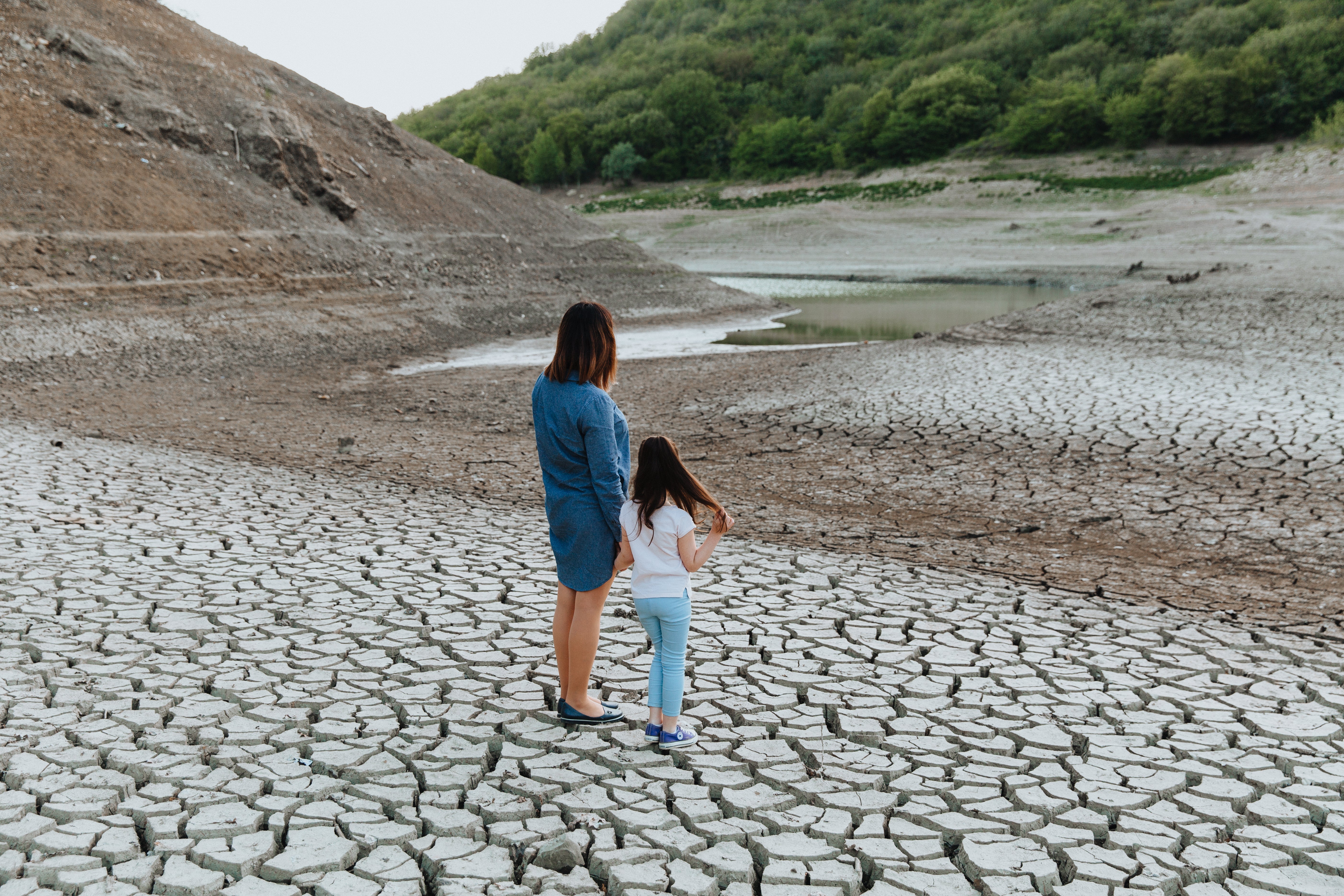Fever Drops during Dengue, Please be Aware of Critical Sign!
Fever Drops during Dengue, Please be Aware of Critical Sign!

Moms and Dads, although fever is a common symptom associated with dengue, it's important to note that a decrease in body temperature or a fever that subsides may not always be an indicator of good recovery.
In fact, in some cases, a drop in body temperature can be a critical sign that requires immediate attention. This article will explain why a decrease in a fever during dengue can be a critical sign and the importance of careful monitoring of the patient's condition.
Development of Dengue Fever
Dengue is a rapid developing disease that can affect the immune system and cause serious complications. Initially, patients with dengue typically experience high fever, headache, muscle and joint pain, and may develop a skin rash. However, after a few days, the fever may begin to subside, and the patient's body temperature may decrease, or it is commonly referred to as the "saddleback" fever cycle: the fever may rise again, and when the fever subsides, it could be dengue warning sign.1
Critical Signs
The decrease of fever when having dengue does not always indicate that the patient is recovering, but it could mean that the dengue virus has reached a critical phase within the patient's body. This phase is marked by an increased risk of bleeding that can be life-threatening. The decrease in the body temperature may indicate a decrease in the number of platelets inside the blood, which is a crucial component in the blood clotting process. When platelet counts drop, patients are at risk of serious internal bleeding.1
The Importance of Careful Monitoring and Treatment
Careful monitoring and treatment are crucial for cases of dengue, especially when the fever begins to subside. Patients need to be closely monitored to ensure that the platelet count remains stable or increases. If a decrease in platelet count occurs, proper medical measures must be taken to prevent excessive bleeding. Intravenous fluid distributions, platelet transfusions, and other intensive treatments may be necessary to maintain the stability of the patient's condition.
Education and Awareness for All
Moms and Dads, we need to gain a better understanding of dengue, including critical signs that may appear when the fever decreases. Education about the symptoms and complications of dengue should be widely conducted to increase awareness and encourage prompt action if suspicious symptoms arise.
Prevent Dengue Fever Before It's Too Late!
What do we need to do? For this reasons, take primary precautions namely the 3M Plus as well as the dengue vaccination by consulting with a doctor.2
One effective preventive measure is through the 3M Plus method. This method involves three main actions that individuals and communities should take:
Menguras - Drain: Drain all water storage containers that can become mosquito breeding grounds; like flower vases, buckets, and plant pots. Ensure that there is no standing water.
Menutup - Close: Close tightly all water storage places, such as bathtubs, drums, or other water storage containers, with tight covers.
Mendaur Ulang - Recycle: Recycle used items that can collect water, such as plastic bottles, cans, and used tires. Make sure those used items are placed in a covered waste storage area.
Another “Plus” Movement to avoid mosquito bites, such as regular cleaning, mosquito control, use of physical barriers such as bed nets, and use of mosquito repellent, can help reduce the risk of dengue infection.
Dengue Vaccination
Other than the 3M Plus methods that Moms and Dads can implement, dengue vaccination is also a crucial preventive step. Vaccination can help prevent individuals from infection and reduce the risk of severe illness. Nevertheless, it is important to consult with a doctor before getting vaccinated, especially to determine if vaccination is suitable and recommended. Let's share this article to provide education to our loved ones!
This article is intended for public information and awareness, and for educational purposes. The article is not intended as a form of medical advice. This article has been supervised by: Dr. Carissa R.V Pratiwi.
ANPROM/ID/QDE/0532 | Jun 2024
Reference:
- World Health Organization. (2011). Dengue: guidelines for diagnosis, treatment, prevention and control. Geneva: World Health Organization. Available at: https://apps.who.int/iris/handle/10665/44188 (Accessed on June 19, 2023).
- Promkes Kemenkes. (2019). Efforts to Prevent Dengue Fever with 3M Plus. Available at: https://promkes.kemkes.go.id/upaya-pencegahan-dbd-dengan-3m-plus (Accessed on October 20, 2022).
- World Health Organization. (2021). Dengue and severe dengue. Available at: https://www.who.int/news-room/fact-sheets/detail/dengue-and-severe-dengue (Accessed on June 19, 2023).

Takeda merupakan perusahaan biofarmasi global yang berfokus pada pasien, berbasis nilai, dan digerakkan oleh penelitian & pengembangan dengan komitmen untuk mewujudkan kesehatan lebih baik dan masa depan lebih cerah kepada masyarakat di seluruh dunia. Semangat dan upaya kami dalam pengobatan yang berpotensi mengubah kehidupan bagi pasien mengakar kuat selama lebih dari 230 tahun sejarah kami di Jepang.
© Copyright 2023 PT Takeda Innovative Medicines.
Takeda and the Takeda Logo are registered trademarks of PT Takeda Innovative Medicines. All rights reserved.
C-ANPROM/ID/QDE/0146 | Aug 2023



